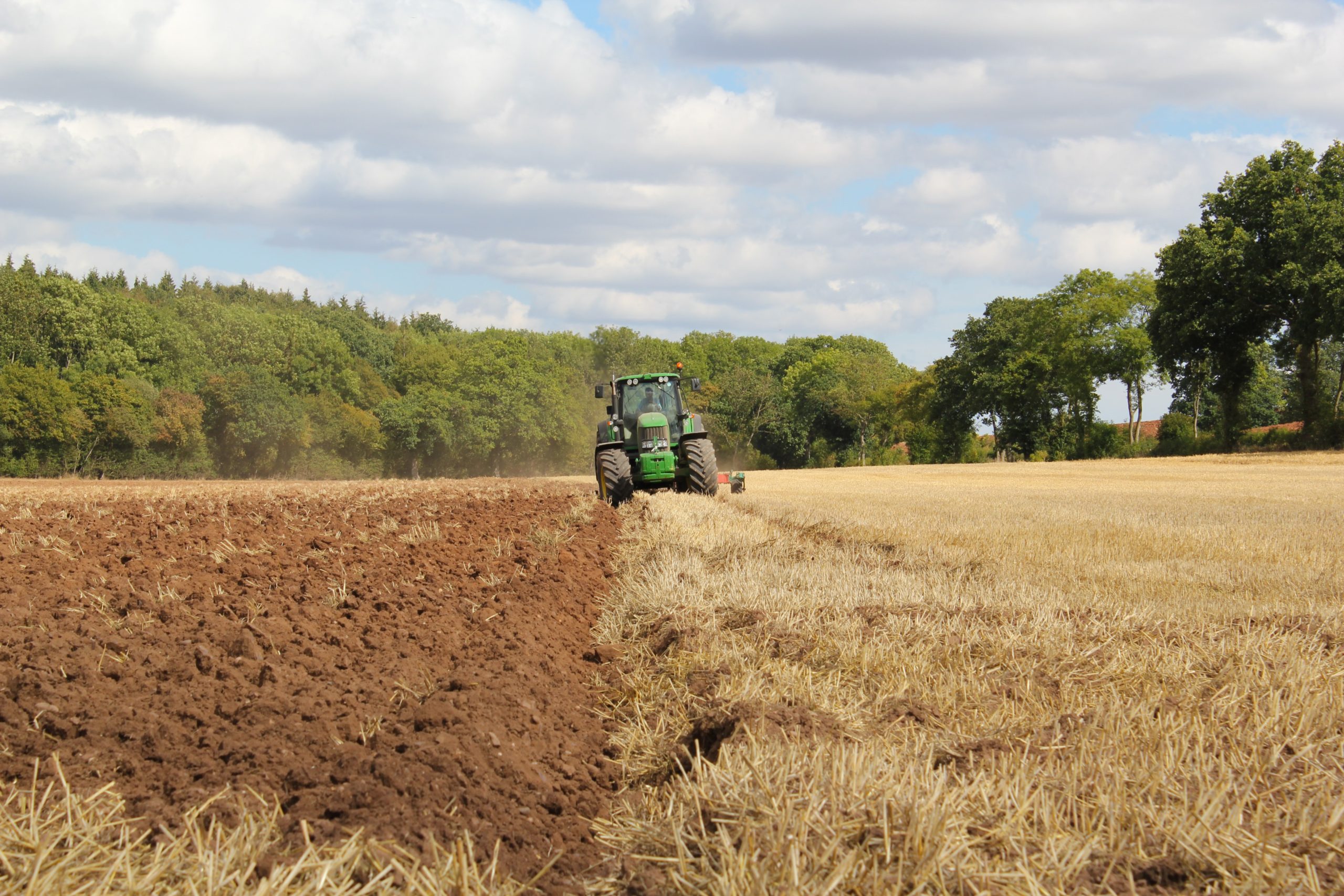Farmland is critical for the declining pollinators in Ireland

Traditionally farmland was very pollinator-friendly because it was naturally flower-rich.
According to a recent report by the National Biodiversity Data Centre, farming is responsible for consuming nearly 70% of land in Ireland, and farmland has experienced a significant loss of pollinators over the last 50 years.
Insects, especially bees and flies, are regarded as some of the most important pollinators, and a third of the existing 98 wild bee species in Ireland are facing possible extinction.
Why do we need them?
Nearly 80% of wildflowers in Ireland benefit directly from the process of pollination by insects. Without bees, the distinct natural landscape of the nation would diminish. Pollination enables plants to generate fruit and valuable seeds. For crop producers, this translates into more reliable yields of better quality products and for consumers, greater availability and range of fruit and vegetables at competitive prices.
Bees rely specifically on flowers for food, and year farmland catered well for pollinators with abundant flowers in fields and hedgerows. The lower spraying levels and mechanisation and higher rates of fruit and vegetable production in Ireland were more prominent in the past. In recent years, the advancements in farming have declined the number of flowers, and as a consequence, there are now fewer bees and pollinating insects.
What needs to change?
The second stage of the All-Ireland Pollinator Plan commenced earlier this year, and farmland represents a critical element of this plan. The measures intended to increase the volume of farmland that supports pollination, such as the sustainable use of pesticides, consultation on pollinators to the farming community.
Implementing new measures can enable biodiversity to coexist within a sustainable and productive farming system. For example, flowering hedges are vital to the survival of pollinators, providing food, shelter and as a transport corridor. Protecting flower-rich areas, such as the edges of woodlands or wet grasslands, should be considered a top priority as they are important areas for pollinators and other wildlife.
Supportive plans and partnerships
Protecting Farmland Pollinators is a European Innovation Partnership project supported by the Department of Agriculture, Food and the Marine. The project is managed by the National Biodiversity Centre and includes ecologists and farmers collaborating on a plan that works for everyone involved. The goal is to prove that any farm, regarding its size or level of intensity, can become pollinator-friendly.
Based on a list of management measures, each farmer receives a pollinator score for their entire farm. The higher level of pollinator-friendly habitats, the higher the score and the more investment they receive. Farmers can monitor their progress and gain insights into how they can improve their scores.
Implementing simple actions and supporting nature-friendly farming can help pollinators. Future success also relies on consistent communication with farms and delivering realist mechanisms that enable further development.
The partnership with farmers has seen consistent progress, and the project is positive about launching the next phase of their plans.
All News
